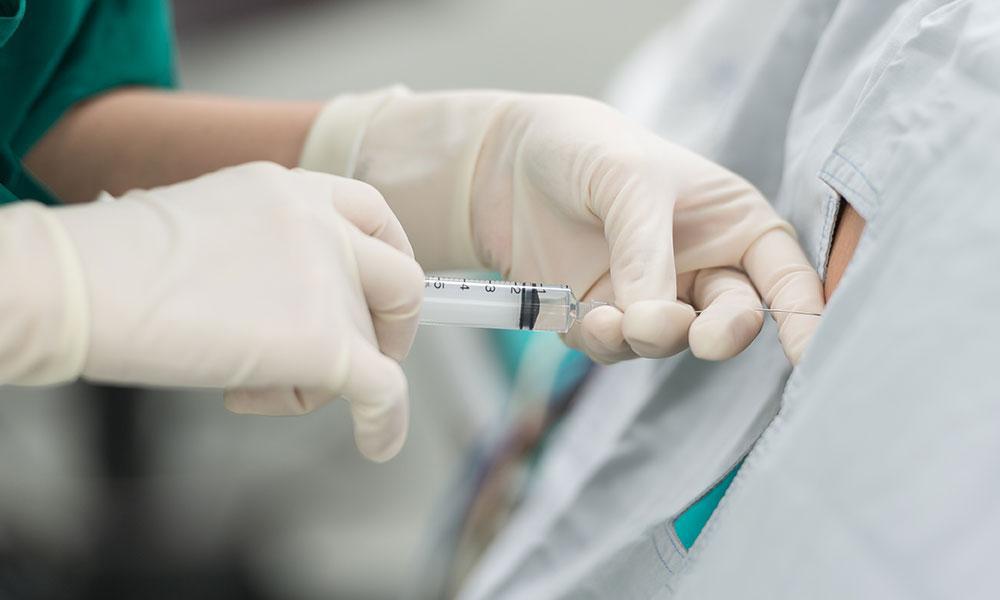I am a Vascular and Interventional Radiologist. First I am a Radiologist, which is a medical doctor who is specially trained to interpret MRI, CT, X-Ray and Ultrasound imaging so your doctor will know how to best provide treatment for you. I am also surgically trained to perform procedures inside the body using the guidance of those imaging machines to see inside you, so that you are not cut open and you do not have to endure lengthy healing times from large wounds and stitches, hence the term “Interventional”. I use very fine needles, catheters and wires to repair damage and sometimes even place devices inside your body to help you heal. I can provide therapeutic treatments in bones and vessels, as well as organs.
I went through both college and medical school, one year of surgery internship, four years of radiology residency training, and another year of Vascular and Interventional training. I completed my Interventional training mentoring under one of the pioneers in the field, Mark Wholey, at Pittsburgh Vascular Institute.
Although Interventional Radiology, or IR, began to emerge and transition itself from a diagnostic radiology specialty to a therapeutic one over 30 years ago, the concept is still quite new to doctors and patients. This is because it has only recently taken a leap outside hospitals, where IRs originally focused their practice. In the 1950’s, IRs invented angiography, or procedures introducing catheters into the vascular system to repair damaged arteries. Prior to angiography, surgeons performed “cut-open” surgeries, which were high-risk with often poor outcomes. Angiography became so well established in hospitals (being performed only by Interventional Radiologists) that over the next few decades IRs continued to invent hundreds of additional procedures, rapidly proving that performing noninvasive procedures is safer and provides better outcomes than traditional surgery. Some of the specialties which ridiculed IR initially are now adopting and performing some of these procedures themselves.
There is not much I can’t do for my patients, as hundreds of procedures have been invented by my specialty. Within my State-Certified Center, I only do what is safe outside a hospital, and only for those who are healthy candidates and most likely to have a favorable outcome. Angioplasty, spine fracture repairs, port and picc placements, chest tubes, drainages of lungs of abdomens, biopsies, catheter placements, lumbar punctures and myelograms, uterine fibroid embolization, microwave and RF ablation of tumors, epidurals and joint injections for pain, pseudoaneurysm repair, sacral fracture repairs, hysterosalpingograms, IVC filter and removals, as well as diagnostic imaging such as MRI,MRA,CT,CTA, X-Ray and ultrasound are among the vast array of what we can do for you at Medical Imaging & Therapeutics, referred to as MIT, Center for Vascular and Interventional Radiology in Lady Lake.


